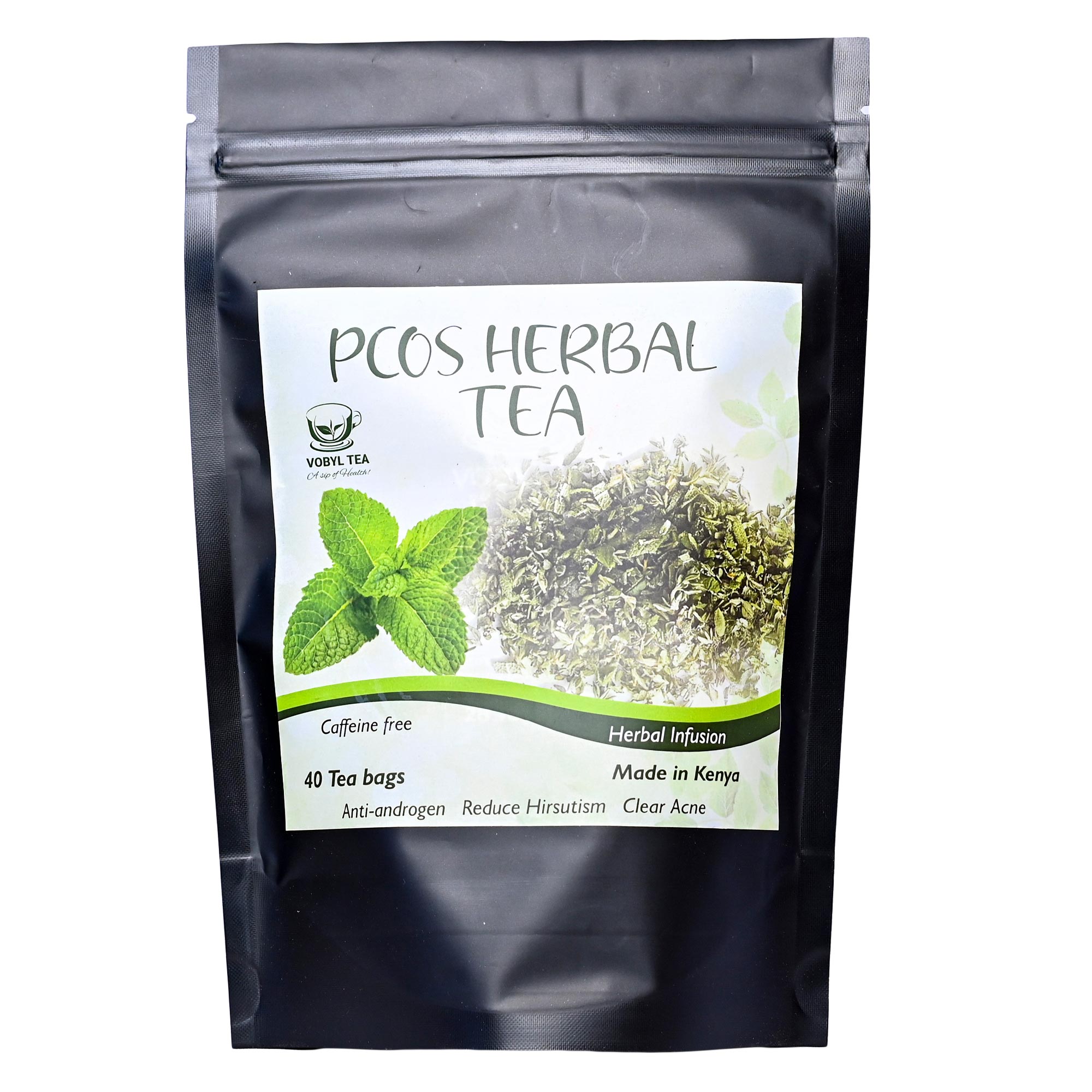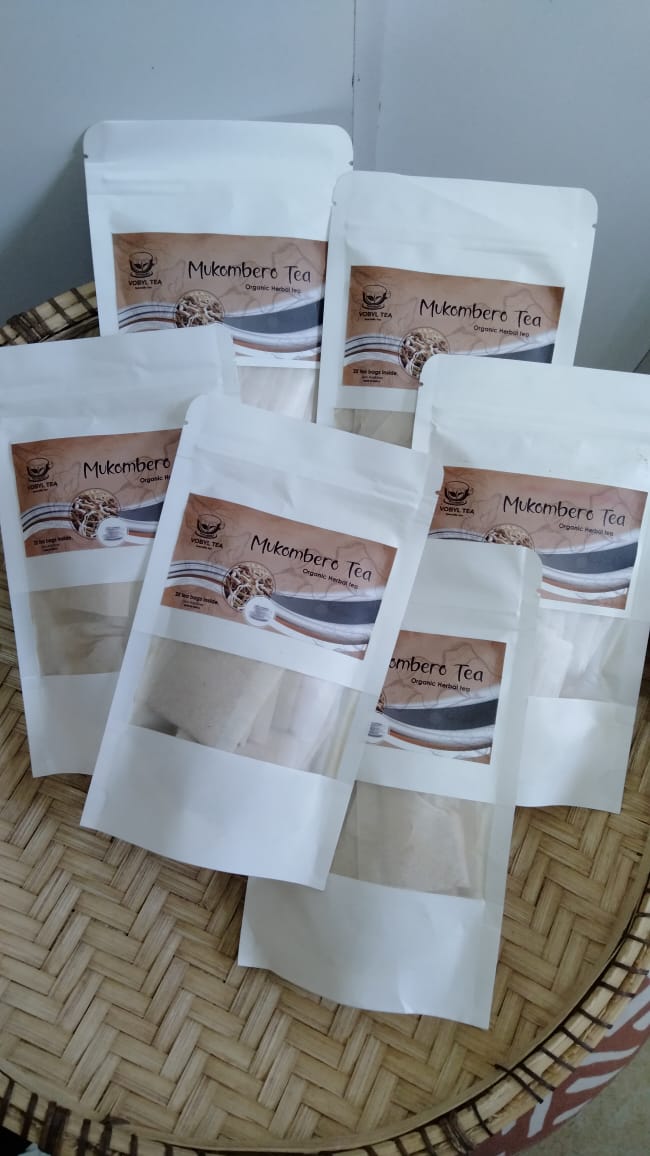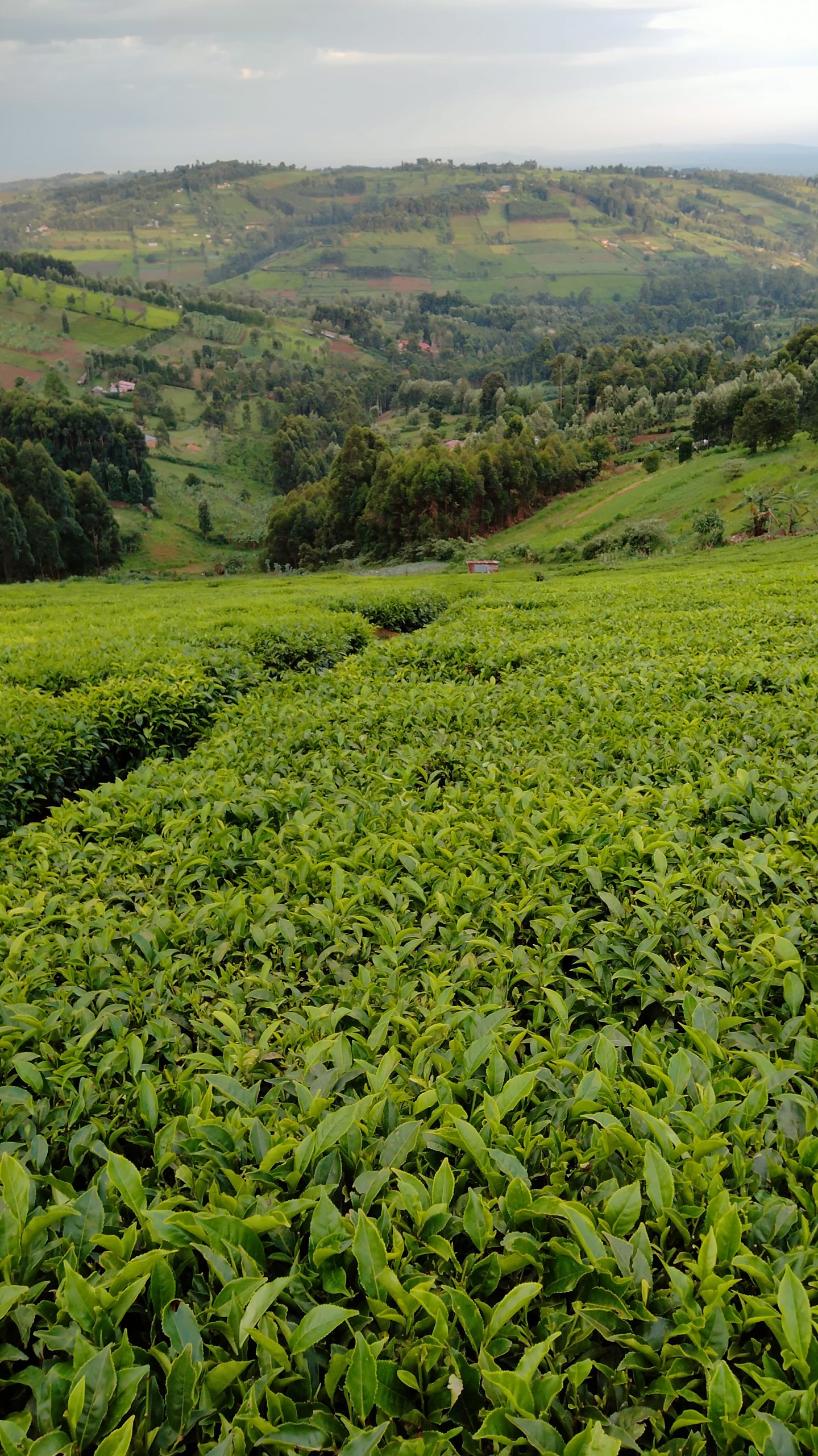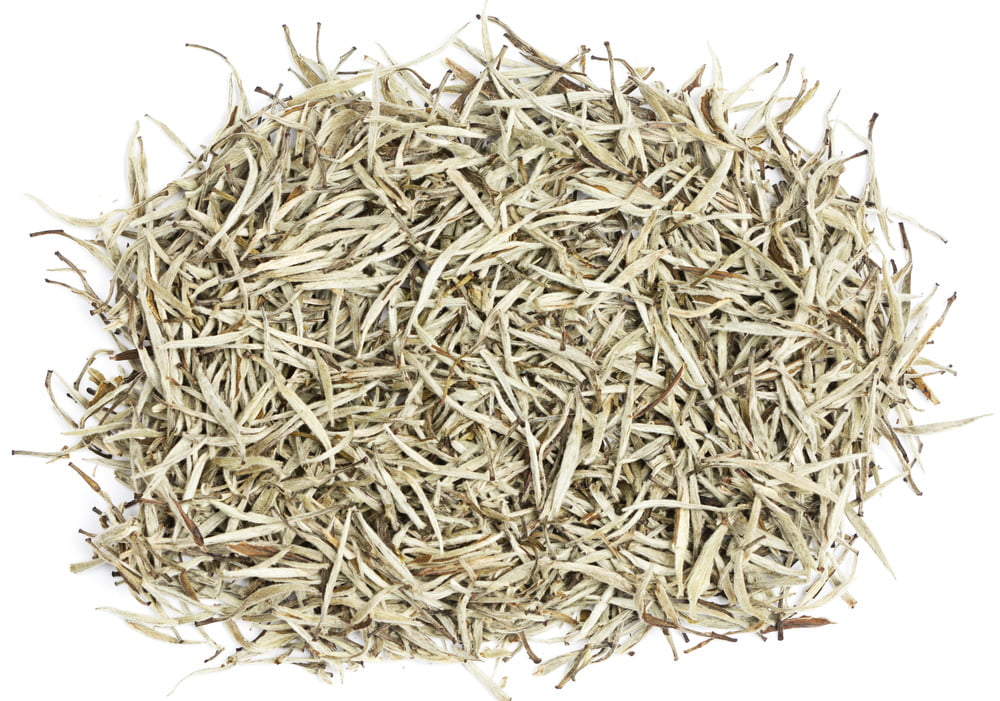- You have no items in your shopping cart
- Subtotal: 0.00KShs
What is PCOS?
PCOS is a common hormonal disorder that affects individuals
assigned female at birth (AFAB) during
their childbearing years. It results in irregular menstrual
cycles and can lead to various symptoms.
Common symptoms include missed or irregular periods,
unwanted hair growth (hirsutism), thinning hair
on the head, acne, mood changes, sleep problems,
infertility, depression, weight gain, and fatigue1.
PCOS is associated with hormonal imbalances, particularly
elevated androgen (male hormone) levels,
which can lead to various health issues.
Menopause is a natural process in a woman’s life, but it can
also bring along a range of symptoms such as hot flashes, mood swings, insomnia,
fatigue, vaginal dryness, and more.
While there is no definite treatment for menopause dieticians,
nutritionists and some doctors recommend herbal supplements and hormone
therapy. Herbalists will also recommend herbal remedies for menopause.
The rolling hills of the Kenyan tea
plantation are alive with activity as the women pickers set to work. These
dedicated workers carefully pluck only the two leaves and a bud from each
branch, leaving the rest to grow and flourish. Despite the challenging
conditions, they fill their baskets with up to 60kg of tea per day for 7 days,
rain or shine.
The teas plucked are
carried by reed-woven baskets that are supported by bamboo sticks. Once
it is picked, it is taken to a processing center, sometimes over a distance of
1-2km. There, it is weighed and taken to the factory where it undergoes a
series of processes including withering, cutting, fermentation, drying,
sorting, and grading. This process happens continuously, as the rainy season
causes the tea to sprout quickly.
The small-scale farmers who own these farms
rely on the tea for their livelihood, and their hard work is evident in every
cup. The tea is sweet and full of flavor, thanks to the rich volcanic soil it
is grown in. And, as a bonus, it is completely pesticide-free.
When you drink a cup of Kenyan tea, you are
supporting the women who work hard to bring it to your cup, you are also
supporting the future of these small-scale farmers and their communities. So,
the next time you enjoy a cup of this delicious and refreshing beverage, take a
moment to appreciate the dedication and hard work of the women who make it all
possible.
Did you know that Kenya is the second-largest tea producing country in the whole world and tea is the second most consumed beverage in the world after water?
To most Kenyans, tea means Chai which is a
the mixture of boiled water, Milk and black tea. But what is tea?
To understand this better we have to go
back to the tea plant (Camellia sinensis) and the different processes, it goes
through to produce a different type of teas-one plant many teas-.
Generally, tea constitutes of components
such as L-theanine (an amino acid found to provide a sense of relaxation and stress
relief) Tannins (components that inhibit plaque buildup that causes heart attacks)
Polyphenols (trap free radical molecules,) Catechins (strengthen the immune
system)
ECGC Epigallocatechin 3-gallate (an
antioxidant), flavonoids- powerful disease fighters that help to fight allergies,
carcinogens and viruses) and Amino acids.
From the tea plant (camellia Sinensis) factories
in Kenya produces two categories of teas
speciality teas and Convectional tea. Speciality teas include Black tea, White
tea, green tea, yellow tea, oolong tea and
purple tea and Convectional teas such as
Black C.T.C ( Crush tear curl sometimes known as cut tear curl ) is the normal tea
that is ‘Kenyan chai’.
Few factories produce Matcha teas, Blooming
teas and decaffeinated teas.
White tea.
This is the least processed tea. It is
usually sun-dried.
It includes; silver tips which are
considered to be the healthiest among all teas because it is made from tea buds
(tip) this is where all antioxidants are concentrated.
It is the most expensive tea because of
the tedious process of plucking unlike other teas and its delicate process.
There is a white tea with 2 leaves and a bud
and 1 leaf and a bud.
Green tea
It is unoxidized and most closely resembles
the original plucked leaf. It contains abundant nutrients and oils
It has astringent Flavour
Purple tea
Purple tea is a hybrid of the green tea plant
and a non-tea plant called camellia irrawadiensis (Hu) P.K Barua which is rich
in anthocyanin pigment. So far this tea is grown in Kenya only.
Red/Black tea
This tea is fully oxidized and turns
completely brown with no trace of original green in leaf and can stand the
sloth of milk. It has a sweet Flavour.
Oolong tea
It is processed through less oxidation to enable it to retain the flavour and colour
Taste: aromatic, bright, fresh, smooth and soft.
Yellow tea
This is a type of green tea that
doesn’t go through the fermentation process instead it goes through fixing and
heaping where it is heated in humid air to give a yellow cast some people call
it ‘sealing yellow’. It has a sweet taste
Benefits of tea
·
Prevent cardiovascular diseases tea
has been said to lower cholesterol thus preventing high blood pressure
·
Helps in maintaining blood sugars
·
Green tea contains fluoride which prevents dental cavities
·
Boosting metabolism taking
green tea after meals eases digestion
·
If incorporated with diet
green tea will help with weight loss
·
Loose green tea has been
used to tone skins some people use it in their bathtubs The polyphenols in the tea helps prevent prematurely
ageing a lot of beauty products in the market are made using green tea e.g., Green tea mask
·
The antioxidants in
this tea detoxifies the liver
·
Tea may block the
formation of plaques in the brain associated with Alzheimer’s disease and
dementia.
·
White tea is a good
immune booster
·
Green tea is a
powerful stress buster
The beauty of tea is that it can be value-added by blending with
herbs, spices, flowers to broaden the flavours and make it more healthy.
Blending these herbs with teas will ensure your body gets enough nutrients for
a healthy body. These teas can be blended with
herbs, spices, fruits, seeds, roots and flowers.to broaden the flavours.






